A GOOD TIME FOR THE TRUTH
RACE IN MINNESOTA
EDITED BY SUN YUNG SHIN

The publication of this book was supported through a generous grant from the June D. Holmquist Publications and Research Fund.
Essays 2016 by individual authors. Other materials 2016 by the Minnesota Historical Society. All rights reserved. No part of this book may be used or reproduced in any manner whatsoever without written permission except in the case of brief quotations embodied in critical articles and reviews. For information, write to the Minnesota Historical Society Press, 345 Kellogg Blvd. W., St. Paul, MN 55102-1906.
www.mnhspress.org
The Minnesota Historical Society Press is a member of the Association of American University Presses.
Manufactured in the United States of America
10 9 8 7 6 5 4 3 2 1
 The paper used in this publication meets the minimum requirements of the American National Standard for Information SciencesPermanence for Printed Library Materials, ANSI Z39.48-1984.
The paper used in this publication meets the minimum requirements of the American National Standard for Information SciencesPermanence for Printed Library Materials, ANSI Z39.48-1984.
International Standard Book Number
ISBN: 978-1-68134-002-9 (paper)
ISBN: 978-1-68134-003-6 (e-book)
Library of Congress Cataloging-in-Publication Data
Names: Shin, Sun Yung, editor.
Title: A good time for the truth : race in Minnesota / edited by Sun Yung Shin.
Description: St. Paul, MN : Minnesota Historical Society Press, 2016. | Includes bibliographical references.
Identifiers: LCCN 2015045307 | ISBN 9781681340029 (pbk. : alk. paper) | ISBN 9781681340036 (ebook)
Subjects: LCSH: MinnesotaRace relations.
Classification: LCC F615.A1 G66 2016 | DDC 305.8009776dc23
LC record available at http://lccn.loc.gov/2015045307
This and other Minnesota Historical Society Press books are available from popular e-book vendors.
A GOOD TIME FOR THE TRUTH
INTRODUCTION
Sun Yung Shin
You hold in your hand a book of visions. Memories. True stories. Shock. Grief. Dreams. Activism. Recognition. A call for us to listen and learn about one anothers real lives in Minnesota.
It is time for this book. It is always a good time for the truth, for those who have often been spoken for and about to speak for themselves. The voices in this anthology provide a forum: a multifaceted, dazzling view of life in the state beyond the stereotypes, under Minnesota Nice , and into the possibilities for our future.
People of color are the fastest growing segment of Minnesotas population. But is Minnesota a state that understands race? What does it mean to be raced? Although race is not a biological or genetic reality, it nonetheless continues to be very real in terms of its influence on the lives of Indigenous people and people of color. What are those effects, and what do they mean for peoples lives?
This anthology begins to answer those questions, but it is not meant to address every aspect of race and culture in the state. Nor are the contributors meant, as a group, to represent or speak for every ethnicity and racial group in Minnesota. Not only would that be nearly impossible, it is not desirable. This is merely a small, but powerful, selection. As the first book of its kind in Minnesota, it is one wave in a larger movement toward equality. It is here that those in the minority stand in the majority, under the spotlight. Their stories are front and center. Please consider them on their own terms, and know that each author is but one individual. One essay by one Minnesotan connecting with another Minnesotan at a time, book in hand, words on the page.
These contributors may, however, speak with the collective, intergenerational wisdom (and grief, and loss, and strength, and joy) of one or more communities. All of us alive today are the product of our ancestors survival and regeneration. When we work for freedom, we stand on the shoulders, sacrifices, activism, reflection, self-knowledge, and persistence of those who come before us.
These writers have stepped forward and have been included here because they are established or emerging creative writers who have long been committed to writing and working creatively on issues of race, culture, and social justice. Struggling together toward a fair and vibrant civil society in Minnesotaa goal which must include the naming of and dismantling of racism. The writers are also activists and educators, and they fulfill many other roles in their/our communities. This is a book of stories, not of policy recommendations or ideologies, though at least one contributor has a masters degree in public policy. This is not a book of theory or of research, though many have advanced degrees and several are professors. While these pieces are crafted with fine literary skill, it could be argued that this anthology is more in the spirit and lineage of oral tradition, of handing down knowledge and values through stories.
I love a good anthology because it can be like a circleeveryone is equal. Yes, there is an order from front to back, but it need not be read in that order. It is completely up to the reader, and no single voice carries more weight than another. This is a radical equality. Some of the contributors are well known nationally, and others are beginning their writing careers. No matteryou will find yourself entering the world of each essay fully, alive to the unique sensitivities, curiosity, emotions, and intelligence of its author.

It is hard to talk about race across racial lines. Race is ingrained in societal systems and institutions, conferring a system of advantages upon members of the dominant group. This means that peoples realities, their lived experiences , differ. Race is often invisible to those who benefit, willingly or unwillingly, knowingly or unknowingly. It is entirely visible to those who do not benefit.
No one wants to make an observation or share an injury regarding their race and have it be dismissed, misunderstood, mocked, or worse. No one wants to feel that they are participating, even passively, in the oppression or harm of others. No one wants to believe that inequality persists and limits childrens futures and abilities to fulfill their potential.
There are some hard truths, though, that we must understand and agree upon. Race was invented by white people, Europeans colonizing the globe, as a pseudoscientific justification for the subjugation of people of color. Race theory and racecraft were often paired with Christianization missions to subdue, convert, assimilate, or simply destroy Indigenous people, who were figured as heathens who needed saving and who were not worthy of the bountiful natural resources of the New World, of Africa, of Asia. Historians of race have researched, documented, and eloquently described this history. As too is the atrocity that was the mid-Atlantic slave trade and the vicious institution of chattel slavery as practiced in the American South. As too is the resulting legal abolition of slavery but the evolution of peonage and other systems that kept African Americans in bondage long after Emancipation and the end of the Civil War.
There is a tremendous amount of scholarship, activism, education, and community work being done across the country and in Minnesota to help us recognize and dismantle racism. Because understanding race and racism is not merely about mapping the contours of the lives of people of color, this work also involves understanding whiteness and the maintenance of often invisible systems of white privilege. A great place to start learning that history is The History of White People by Dr. Nell Irvin Painter. White American scholars Robin DiAngelo, Joe Feagin, and many others are doing fascinating work on what they are calling white fragility and white racial frames, respectively.

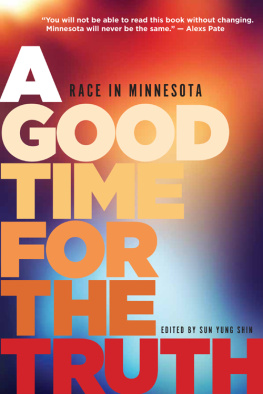
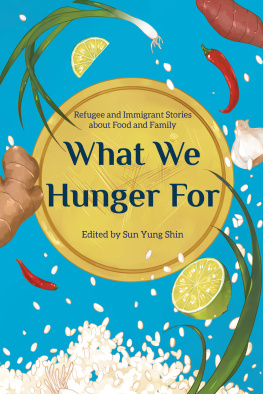


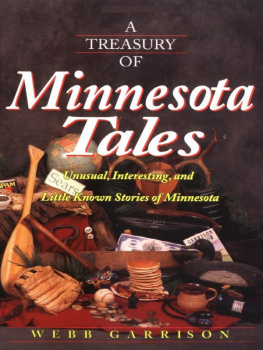
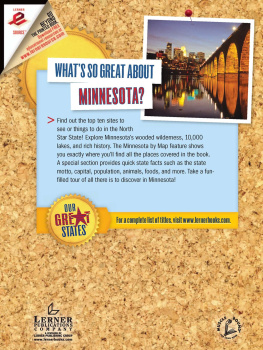

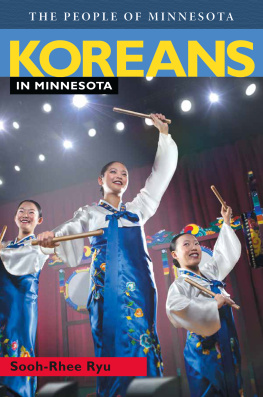
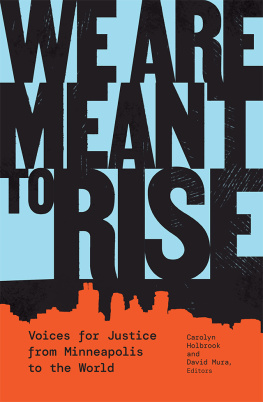

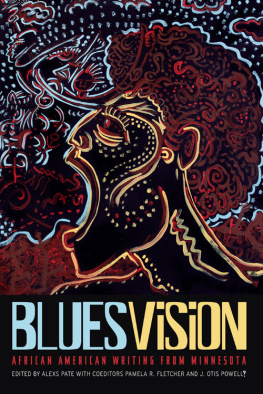


 The paper used in this publication meets the minimum requirements of the American National Standard for Information SciencesPermanence for Printed Library Materials, ANSI Z39.48-1984.
The paper used in this publication meets the minimum requirements of the American National Standard for Information SciencesPermanence for Printed Library Materials, ANSI Z39.48-1984.